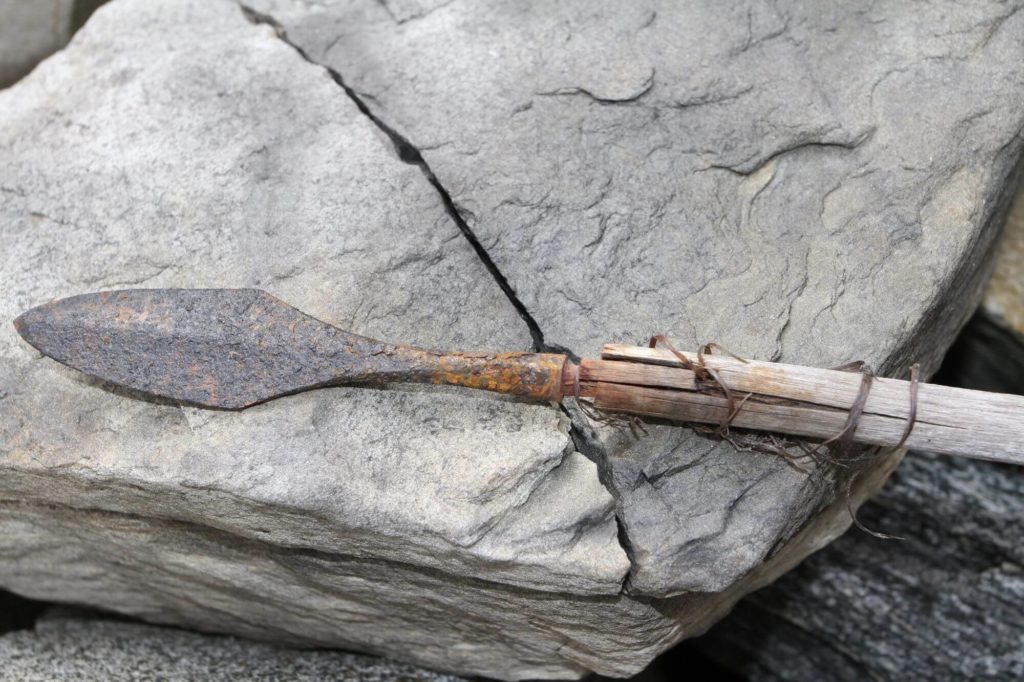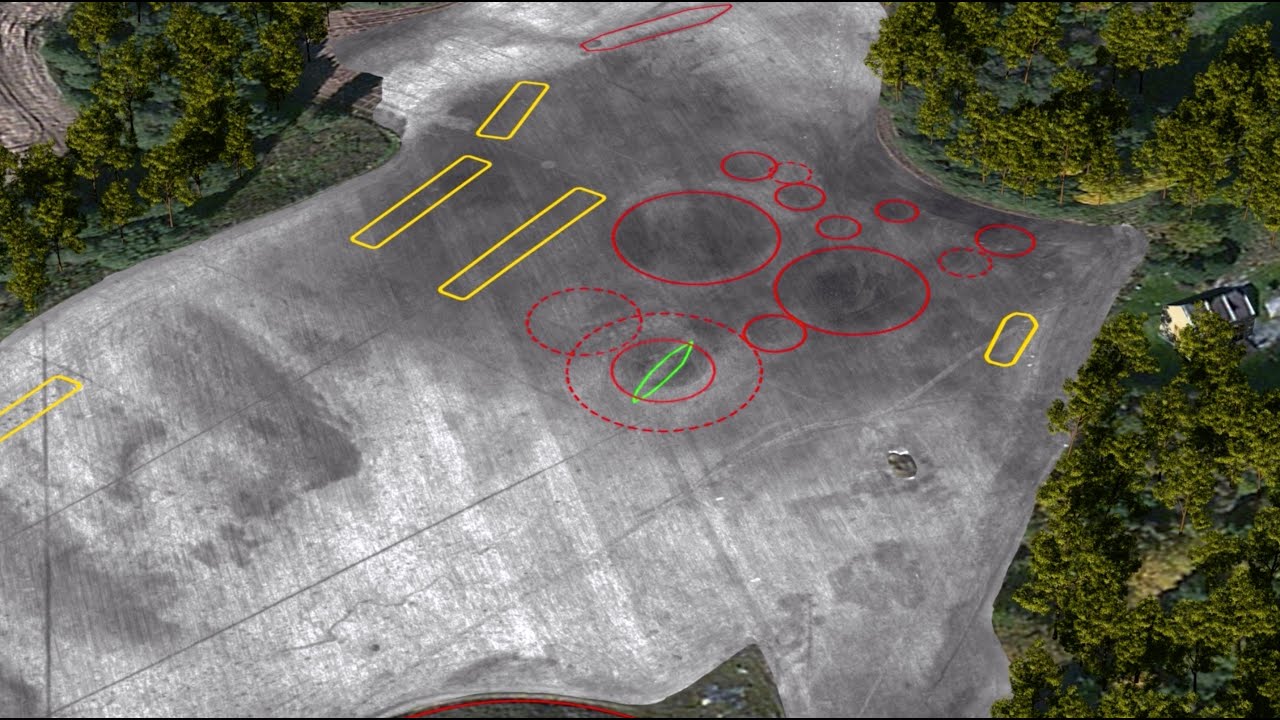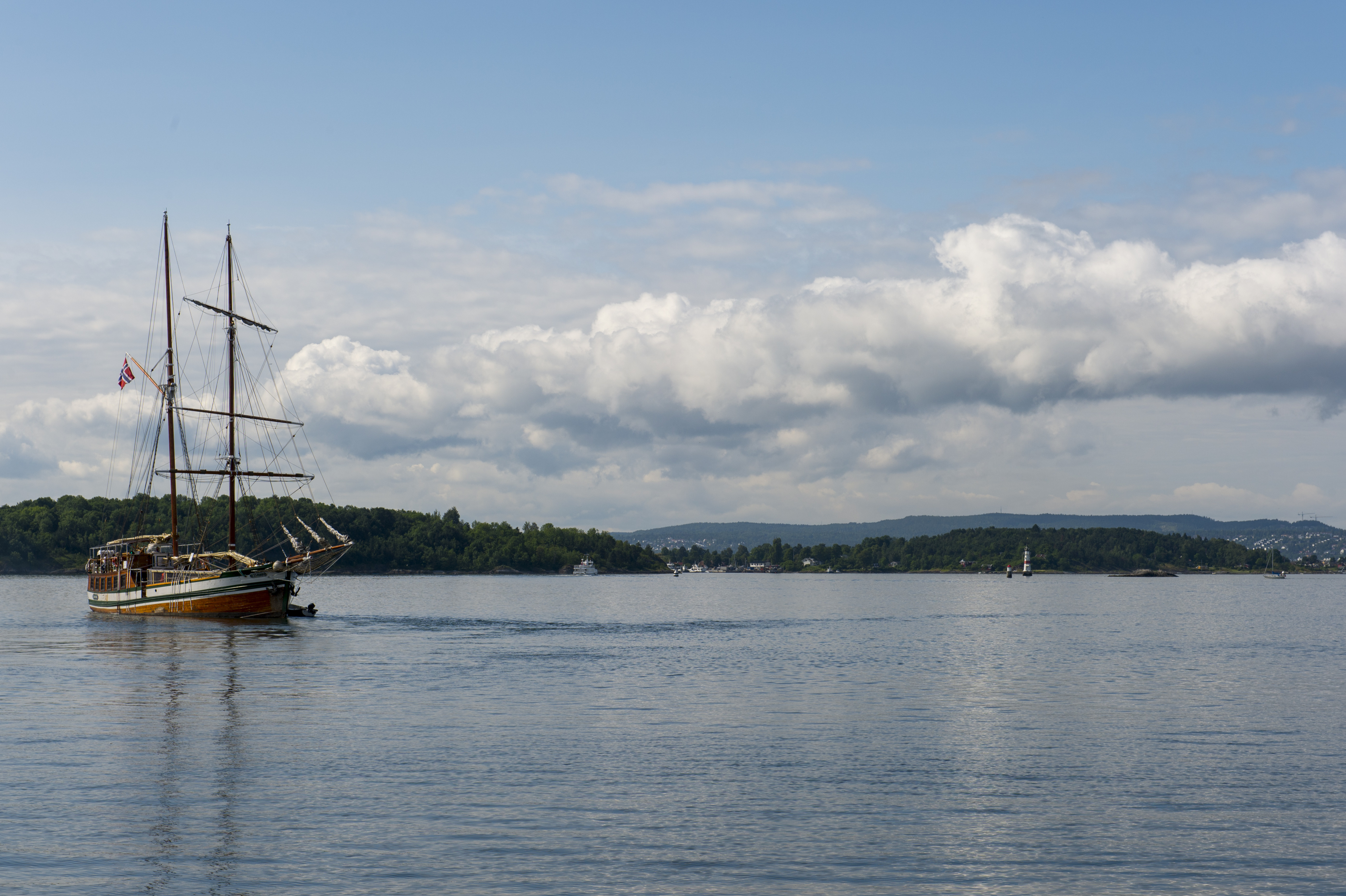In what could be a called a case of good news and bad news, a significant number of ancient arrows and other hunting equipment has recently emerged from the ice in Norway. From a historical perspective, this is good news, as it offers historians a chance to observe archaic gear that’s been preserved for centuries, if not longer. The bad news factor comes into play when you consider just why the ice is melting in the first place. Hint: climate change.
A new report by Brian Kahn at Earther explores what’s been learned so far from these thawed-out artifacts. The information comes from a recently-published study in the journal The Holocene, focusing on discoveries made in Langfonne, Norway. “Here the site record from systematic survey includes the largest number of arrows, bones and antlers from a single ice patch worldwide,” the study’s authors wrote, offering a sense of the scale for what was found at the site.
As Kahn points out in the Earther article, this study represents a high-profile example of ice patch archaeology. A Parks Canada explainer on the field describes it succinctly: “As the earth warms, alpine ice patches are melting out the history they contain — and scientists are scrambling to capture that history before it disappears.”
In the case of the Langfonne site, the oldest artifacts are approximately 6,000 years old. The scientists studying it discovered significant periods of habitation 4,000 and 1,000 years ago as well. It’s a rich trove of history, discovered under unexpected circumstances.
Subscribe here for our free daily newsletter.
Thanks for reading InsideHook. Sign up for our daily newsletter and be in the know.

















